Space: Amazing whirlpool galaxy pictures from Nasa Spitzer telescope
- Published
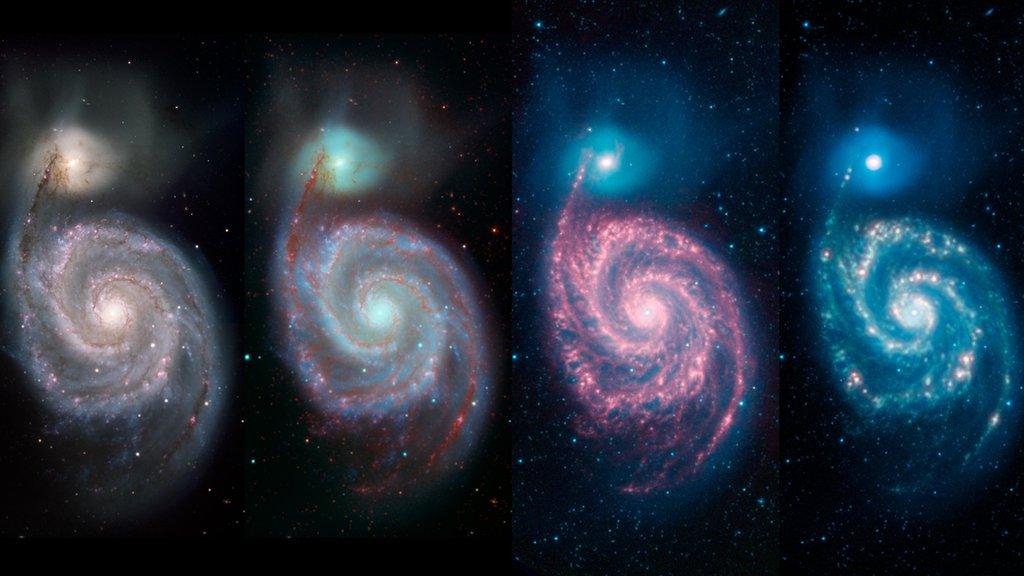
The picture on the left shows what the galaxy would look like to the human eye, but the pictures on the right show what happens when seen through a special infrared camera
Nasa's Spitzer telescope has sent back some incredible pictures of a whirlpool galaxy!
The Messier 51 galaxy is 23 million light-years away, and is actually made up of two galaxies which are tugging and pulling at each other because of gravity.
The interesting thing about these pictures though, is that they show us an invisible infrared secret which our eyes can't see.
So how is it done? It's all down to the Nasa Spitzer telescope.
How can we see the invisible?
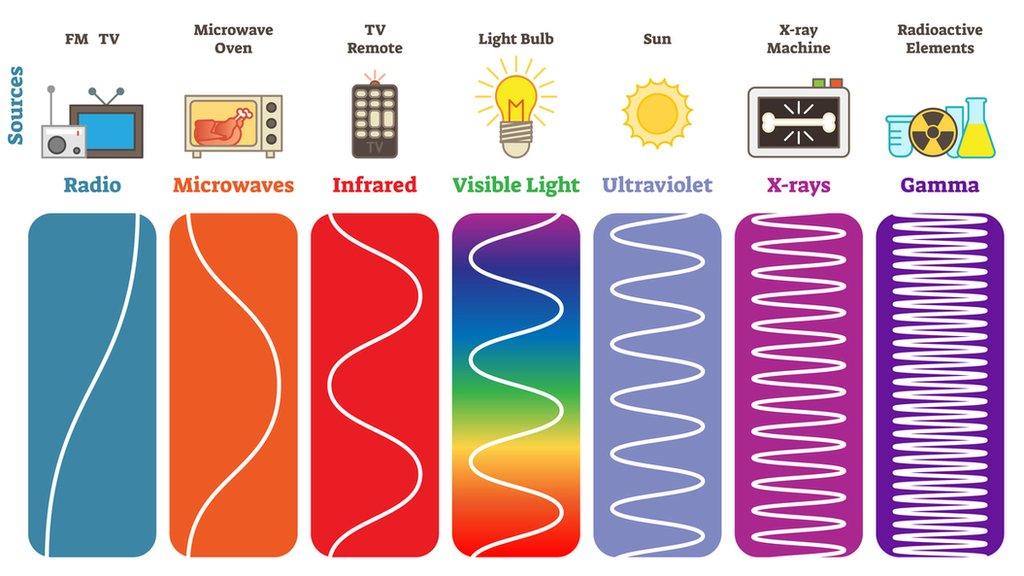
This is the Electromagnetic spectrum. Humans can only see visible light with their eyes, and need technology to see the other types.
Our eyes see things because they reflect light, and radiation.
There are lots of different types of light and radiation, and these are part of something we call the Electromagnetic spectrum.
As humans we can only see 'visible light', but there are lots of other types like radio waves, UV light and infrared light, which we cannot see.
However, scientists have developed technology like sonar which helps us to see sound, and infrared (or night-vision) cameras which help us to see things using temperature.
In 2003 Nasa launched the Spitzer telescope, with the aim of taking a look at the universe, in a different light!
What has it found?
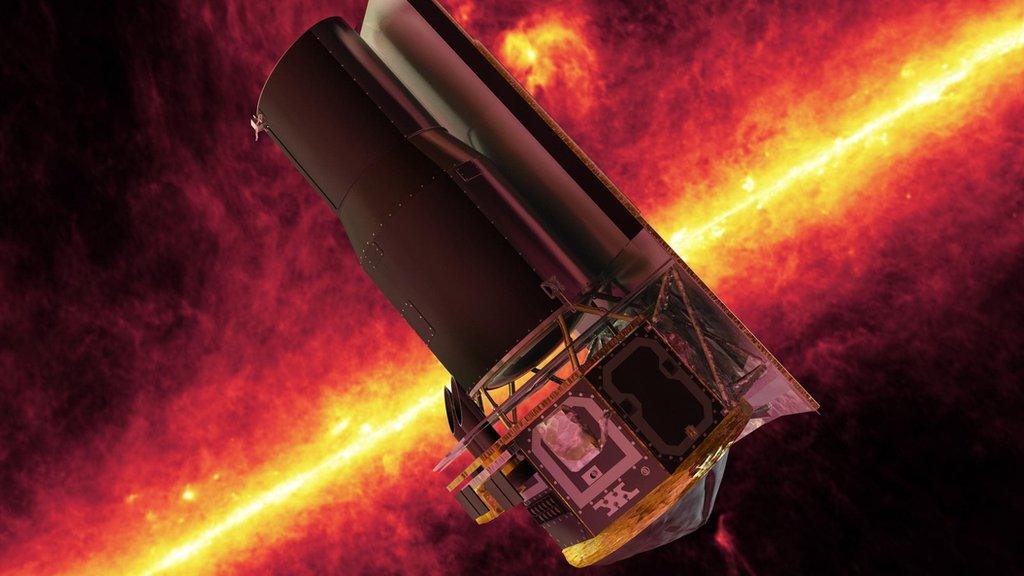
The Spitzer telescope was part of a big project called Great Observatories, to explore wider space and learn more about it.
The Spitzer telescope uses super powerful infrared cameras to look into space and help us to see stars and galaxies as we've never seen them before.
Spitzer was the first to detect light coming from a planet outside our solar system.
Since its launch the telescope has helped scientists learn more about weather systems on other planets, and comet trails.
It even discovered that planet Saturn has an extra ring that we didn't know about!
So long Spitzer!
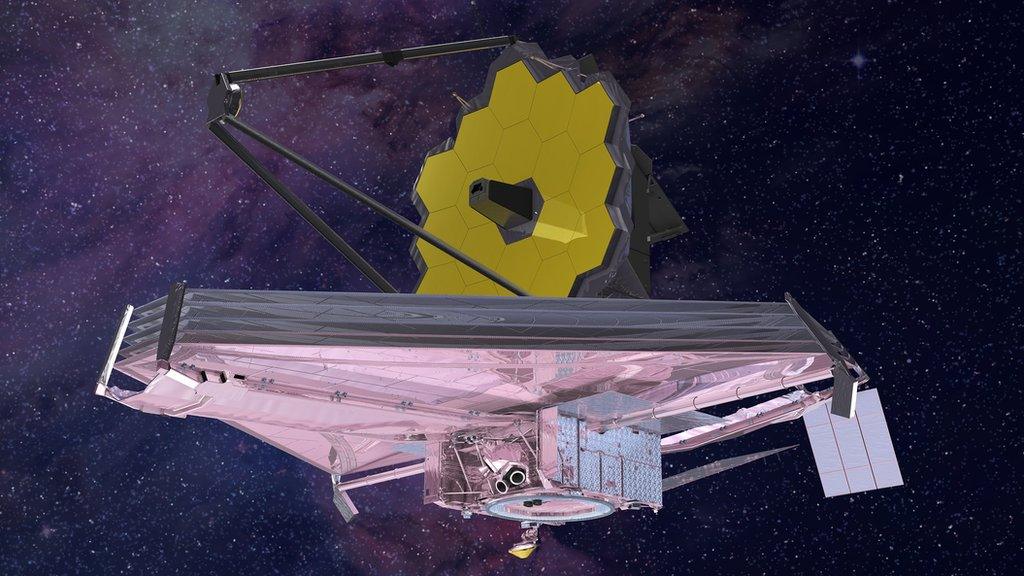
The James Webb telescope will replace the Spitzer in 2021
Unfortunately, Spitzer wasn't built to last for as long as it has.
In 2009 it ran out of coolant meaning that two of its three instruments stopped working.
Nasa announced earlier this month that they would be retiring the telescope in January 2020.
But fear not! Spitzer will be replaced by the James Webb Telescope, which will launch in 2021.
It will study the same wavelengths that Spitzer did, but in much higher picture quality and will be able to see objects much further away.
- Published26 May 2017
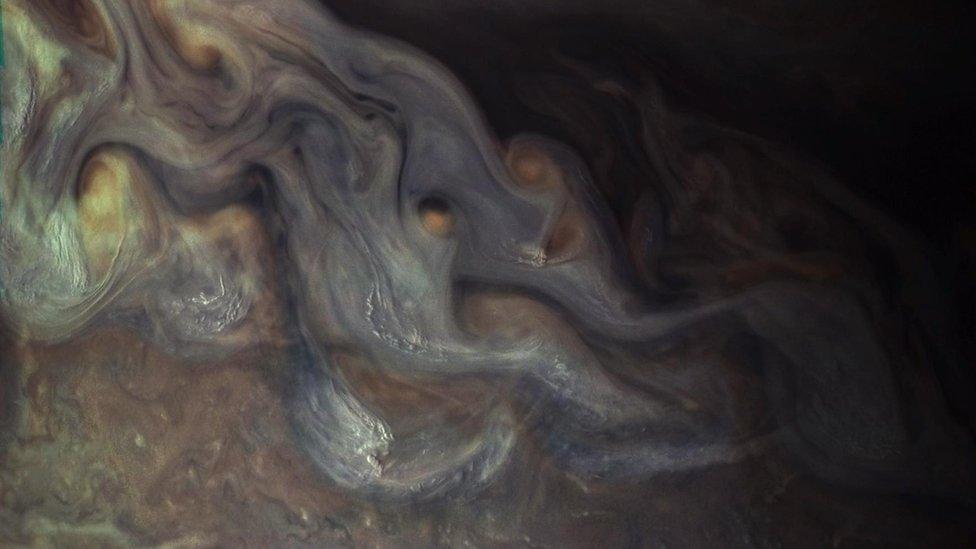
- Published2 January 2019

- Published7 March 2018

